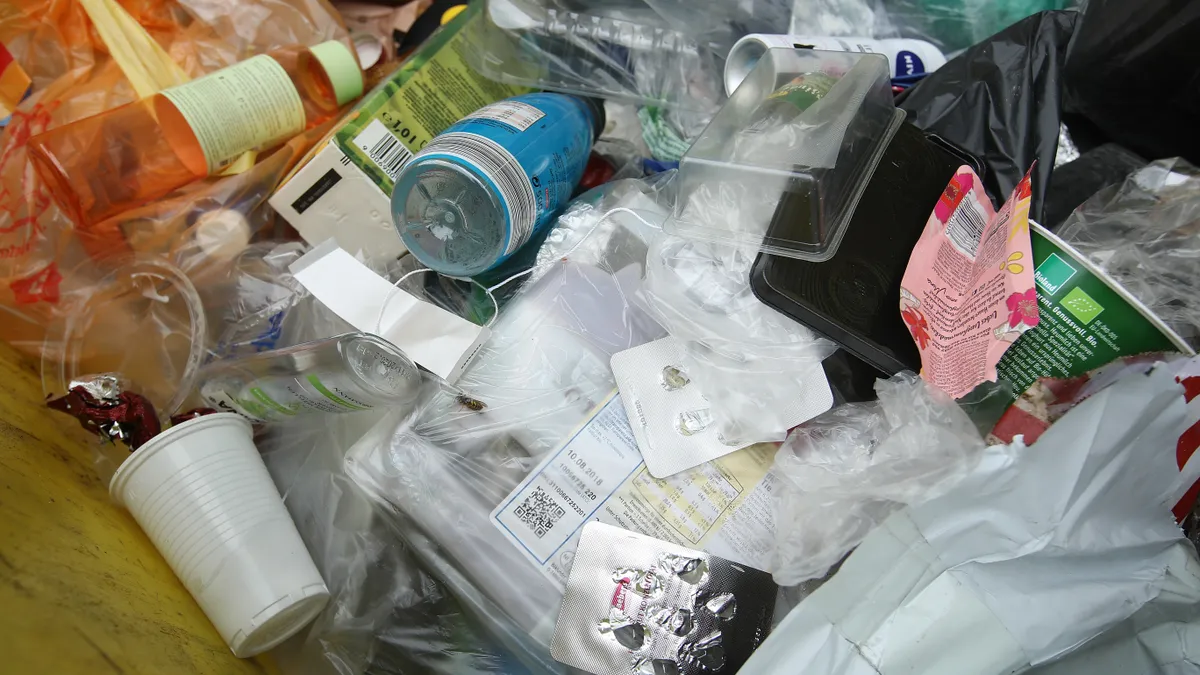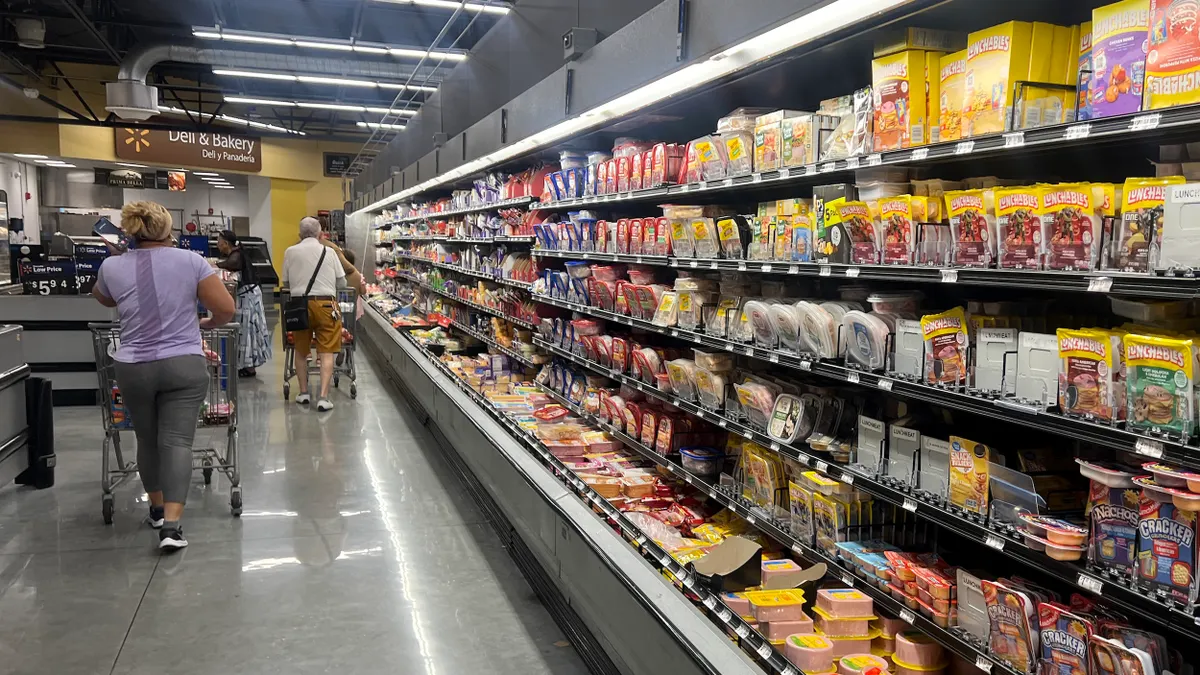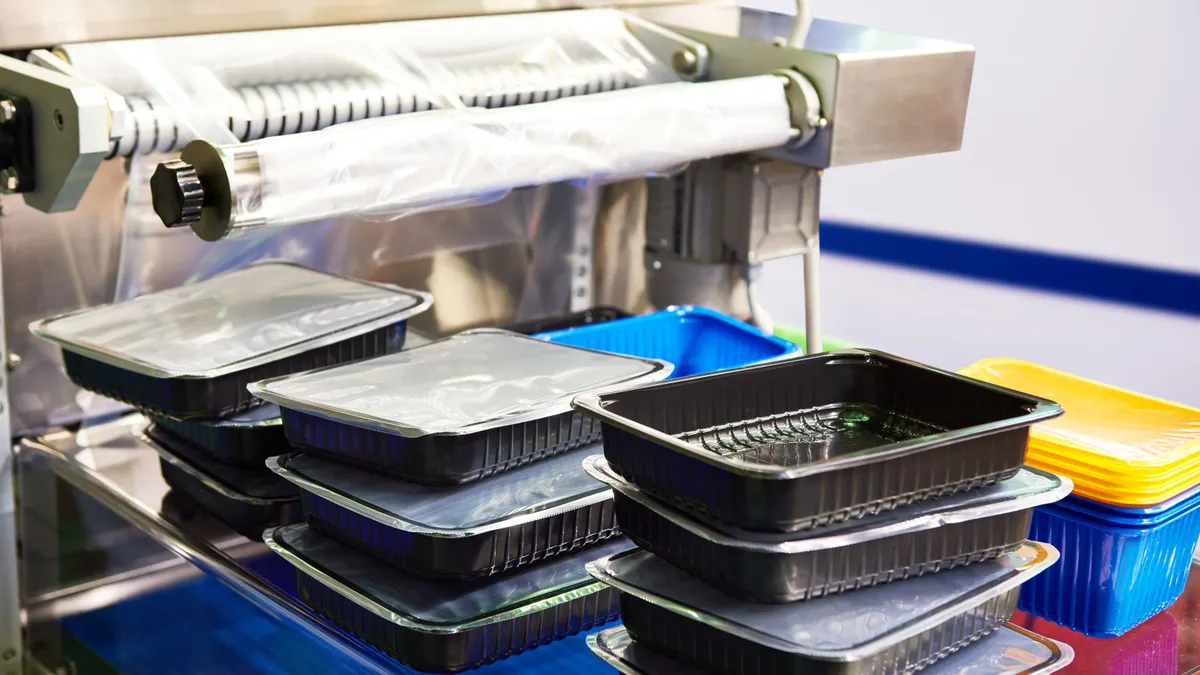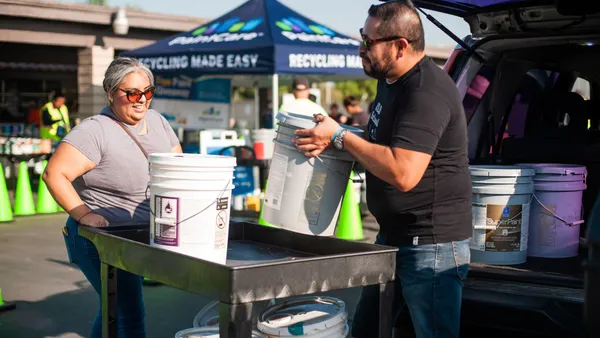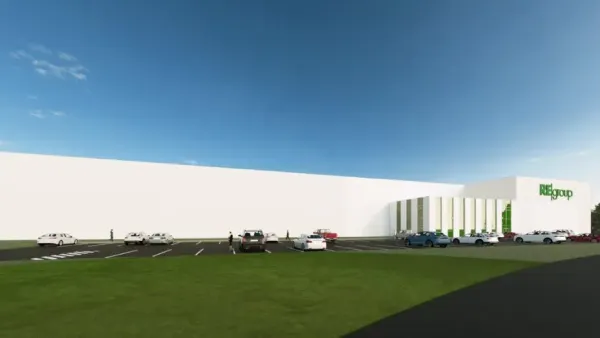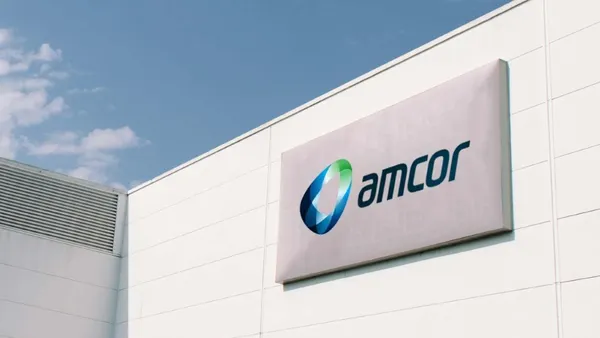Dive Brief:
- The Zero Waste International Alliance recently released version 8.1 of its zero waste hierarchy, driven by updates to its definition of a circular economy and to policies involving chemical recycling, or “chemical processing” as ZWIA terms it.
- Notable updates included additional guidance for the principle of “Do Not Export Harm” and the addition of a “Do No Harm” principle. Both are related to concerns about potential effects from certain materials management processes.
- The update was finalized with work from ZWIA, Zero Waste Canada, Zero Waste British Columbia, Zero Waste Europe, Gaia and the Energy Justice Network, among others.
Dive Insight:
This international definition of “zero waste” dates back more than 20 years, following ZWIA’s founding in 2002, and is widely used by businesses and communities throughout the world. The guidelines were updated in recent years to account for the rise in chemical recycling, but some European members were concerned about potential gaps.
“There were some areas in the hierarchy that were not emphasizing the dangers and the nonconformance of pyrolysis to a zero waste program and policy. So we had to look through it, and there were a few extra areas where we added pyrolysis not to be acceptable,” said Jamie Kaminski, lead policy advisor for Zero Waste Canada and the member who led this update process for ZWIA.
Another motivation for the update was ZWIA’s work to better standardize the definition of “circular economy.” Gary Liss, chair of the ZWIA certifications committee, said the focus was on specifying that high-heat processes like pyrolysis are not considered part of a circular economy.
Liss also researched this issue as chair of a working group for the National Recycling Coalition, which updated the its policy on chemical recycling. That group’s recently released policy specified that processes which turn plastic into fuel are not considered recycling. This work helped inform some of ZWIA’s work on the new do no harm principle.
“One of the issues that came up was for these facilities that technically might be okay from our hierarchy perspective, they may do harm to the communities around them,” said Liss, citing examples such as explosions, rail car derailments and other potential hazards involved with the broader plastics industry. Liss said these general precautionary elements were already present in ZWIA’s hierarchy, but the new do no harm principle further codifies them.
The Northeast Recycling Council also recently published a related policy on the issue.
The U.S. EPA has also been asked to weigh in on this topic by proponents of chemical recycling. The agency recently decided to maintain its classification of certain pyrolysis facilities as municipal waste combustion units, though opted to back off from a separate Biden-era proposal that the industry didn’t like.
The broader question of where certain processes should rank in waste hierarchies has long been debated, including at the federal level.
During the Biden administration, the U.S. EPA updated its food recovery hierarchy to a wasted food scale. This new scale placed landfilling and incineration on the same level, while the EPA’s broader waste hierarchy states a preference for “energy recovery” over disposal. Following advocacy by certain environmental groups, the agency added a note that it would review the hierarchy “based on the latest available data and information.”
Liss and Kaminski said their group’s hierarchy views both landfilling and incineration as challenging options under the do no harm and do not export harm principles. ZWIA prefers landfilling to incineration as a last resort, but suggests treating the biological fraction of any material disposed first.
ZWIA’s Zero Waste Communities Certification Program Guidelines specifically state “until all materials are diverted, use of upgraded landfills that meet European Union Landfill Directive or equivalent is preferable to any form of incineration.” Communities are also ineligible for certification if “they are participating in expanding or developing a new incinerator for 10% or more of their discarded materials.”
In line with the do not export harm concept, Kaminski said communities should aim to maximize their use of local or regional landfills that meet necessary standards when possible. The long-term goal of achieving high waste diversion rates, while reducing the use of incinerators and landfills, is still in the distance for many large U.S. cities. Liss noted examples such as Baltimore and Minneapolis that have considered this approach in their long-term planning.


